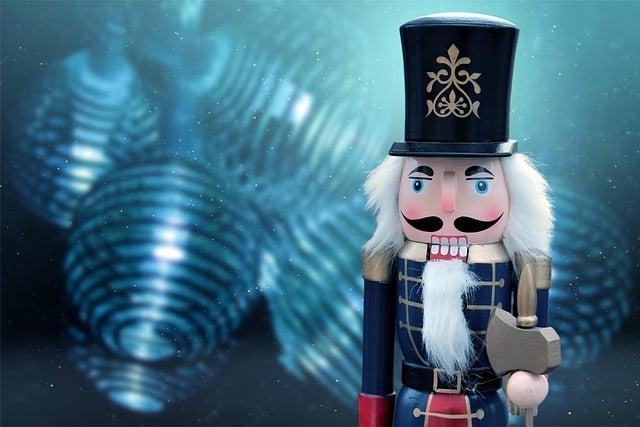As the first snowflakes danced down from the sky, the little town of Evergreen transformed into a winter wonderland. Twinkling lights adorned every home, casting a warm glow against the frosty air. In the town square, a towering pine tree stood proudly, draped in shimmering ornaments that sparkled like stars. Children giggled as they hung handmade garlands of popcorn and cranberries, each piece a symbol of love and togetherness. Above, a bright star crowned the tree, reminding everyone that Christmas is not just about decorations, but the joy of sharing moments with loved ones.
Table of Contents
- Exploring the Symbolism of Christmas Ornaments
- The Timeless Charm of Christmas Lights and Their Meanings
- Natural Elements: Embracing the Spirit of the Season
- Crafting a Personal Touch with Homemade Decorations
- Q&A
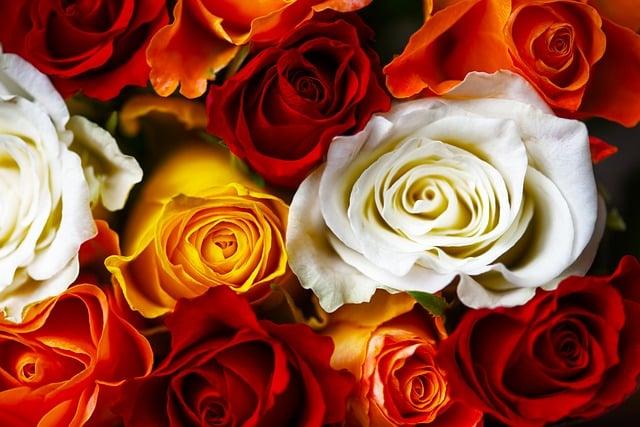
Exploring the Symbolism of Christmas Ornaments
Christmas ornaments are more than just decorative items; they are rich in symbolism and meaning, each telling a story that resonates with the spirit of the season. For many, the act of hanging ornaments on the tree is a cherished tradition, often passed down through generations. These ornaments can represent various themes, such as:
- Hope: Stars and angels symbolize the hope and joy that the holiday brings, reminding us of the light in the darkness.
- Family: Personalized ornaments often reflect family milestones, celebrating togetherness and shared memories.
- Generosity: Ornaments shaped like gifts or wrapped presents embody the spirit of giving, a core value of the Christmas season.
Additionally, the colors and materials of ornaments carry their own significance. For instance, red and green are traditional colors that represent love and renewal, while gold and silver evoke a sense of luxury and celebration. The use of natural elements, such as pinecones or dried fruits, connects us to the earth and the beauty of winter. Each ornament, whether handmade or store-bought, contributes to a tapestry of meaning that enhances the festive atmosphere, inviting reflection on the deeper values of the holiday.
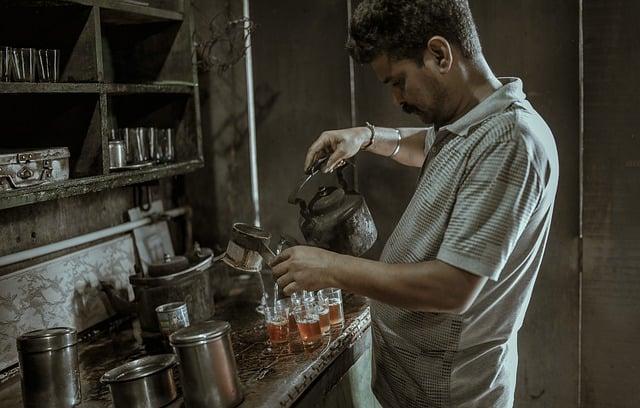
The Timeless Charm of Christmas Lights and Their Meanings
The soft glow of Christmas lights has a way of transforming ordinary spaces into enchanting realms, evoking a sense of nostalgia and warmth. Each twinkling bulb carries with it a story, a tradition passed down through generations. The **warmth of yellow lights** symbolizes the light of hope and joy, while **cool white lights** often represent purity and peace. Strings of colorful lights can reflect the diversity of the season, celebrating the myriad of cultures and traditions that come together during this festive time. The act of decorating with lights is not merely an aesthetic choice; it is a ritual that connects us to the spirit of giving and togetherness.
Beyond their visual appeal, Christmas lights also hold deeper meanings that resonate with the essence of the holiday. The **star-shaped lights** remind us of the Star of Bethlehem, guiding the way to new beginnings and the promise of salvation. **Icicle lights**, reminiscent of winter’s beauty, evoke the magic of a snowy landscape, while **candle lights** symbolize the light of Christ, illuminating the darkness. Each decoration serves as a reminder of the values we cherish during this season—love, hope, and the joy of being surrounded by family and friends. As we hang these lights, we not only beautify our surroundings but also illuminate our hearts with the spirit of Christmas.
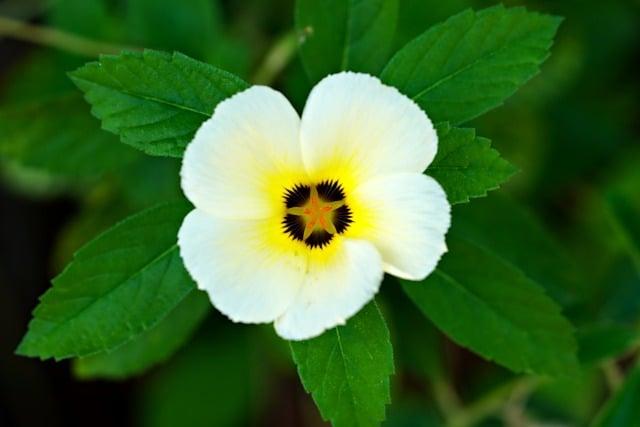
Natural Elements: Embracing the Spirit of the Season
As the holiday season approaches, the beauty of nature offers a wealth of inspiration for festive decorations. Incorporating elements like **pinecones**, **holly**, and **evergreen branches** can create a warm and inviting atmosphere that reflects the spirit of Christmas. These natural adornments not only bring a touch of the outdoors inside but also evoke a sense of nostalgia, reminding us of cozy winter nights spent with loved ones. Consider using **dried oranges** and **cinnamon sticks** as fragrant accents, adding both visual appeal and delightful scents that fill the air with holiday cheer.
Another way to embrace the season is by utilizing **natural fabrics** and textures in your decor. Think of **woolen throws**, **linen tablecloths**, and **burlap ribbons** that add warmth and comfort to your holiday gatherings. Incorporating **wooden ornaments** and **handcrafted decorations** can also enhance the rustic charm of your home, creating a serene and inviting space. By blending these organic elements with traditional holiday symbols, you can cultivate a festive environment that honors the beauty of nature while celebrating the joy of the season.
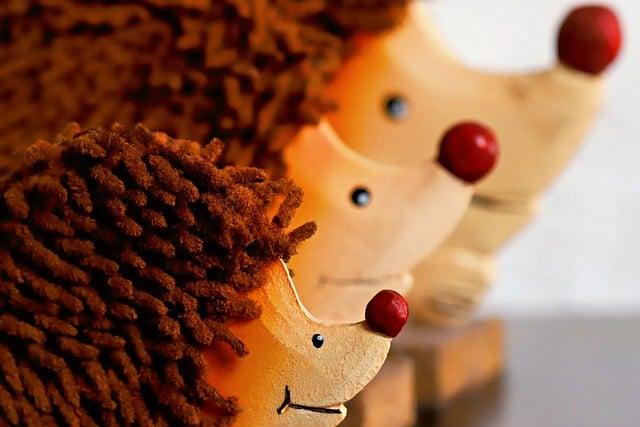
Crafting a Personal Touch with Homemade Decorations
Homemade decorations bring a unique charm to the festive season, allowing you to infuse your personal style into your Christmas celebrations. Crafting your own ornaments not only adds a personal touch but also creates lasting memories with family and friends. Consider using materials like recycled paper, natural elements, or fabric scraps to create one-of-a-kind pieces that reflect your creativity. From hand-painted baubles to garlands made of popcorn and cranberries, the possibilities are endless. Each decoration tells a story, whether it’s a cherished childhood memory or a new tradition you’re starting this year.
Incorporating homemade decorations into your holiday decor can also evoke a sense of nostalgia and warmth. Think about creating a cozy atmosphere with items such as cinnamon stick bundles, hand-knit stockings, or personalized photo ornaments. These elements not only enhance the visual appeal of your space but also serve as conversation starters during gatherings. By embracing the art of crafting, you can transform your home into a festive haven that celebrates the spirit of Christmas, making it truly special for everyone who enters.
Q&A
-
What are the most common Christmas decorations?
Common Christmas decorations include:
- Christmas Trees: Often adorned with lights, ornaments, and garlands.
- Wreaths: Circular arrangements of greenery, typically hung on doors.
- String Lights: Used to illuminate homes and trees, creating a festive atmosphere.
- Stockings: Hung by the fireplace, traditionally filled with small gifts and treats.
-
What colors are typically associated with Christmas decorations?
The traditional colors of Christmas include:
- Red: Symbolizes love and joy.
- Green: Represents life and renewal.
- Gold: Signifies wealth and prosperity.
- White: Stands for purity and peace.
-
Are there specific symbols that represent Christmas?
Yes, several symbols are widely recognized during Christmas:
- Stars: Often placed atop trees, representing the Star of Bethlehem.
- Angels: Symbolizing the announcement of Jesus’ birth.
- Nativity Scenes: Depicting the birth of Jesus, often including Mary, Joseph, and the manger.
- Santa Claus: A figure representing generosity and the spirit of giving.
-
How do different cultures decorate for Christmas?
Christmas decorations vary across cultures, including:
- Germany: Advent wreaths and Christmas markets.
- Mexico: Piñatas and vibrant papel picado decorations.
- Italy: Presepi (nativity scenes) and elaborate lights.
- Philippines: Parol (star-shaped lanterns) symbolizing the Star of Bethlehem.
As we wrap up our exploration of Christmas decorations, it’s clear that each ornament, light, and symbol tells a story of tradition and joy. Whether simple or elaborate, these decorations unite us in the spirit of the season, celebrating love and togetherness.

大家好,我是彼得潘,專業的手法身體治療師。我喜歡探索和研究各種主題,並透過與人工智慧的合作分享專業、實用、有趣的文章。我們定期進行人工審核,以確保內容的準確性。如果您發現文章中有任何不準確的地方,請隨時與我們聯繫,我們會及時糾正。您可以透過 [email protected] 與我們聯繫。
